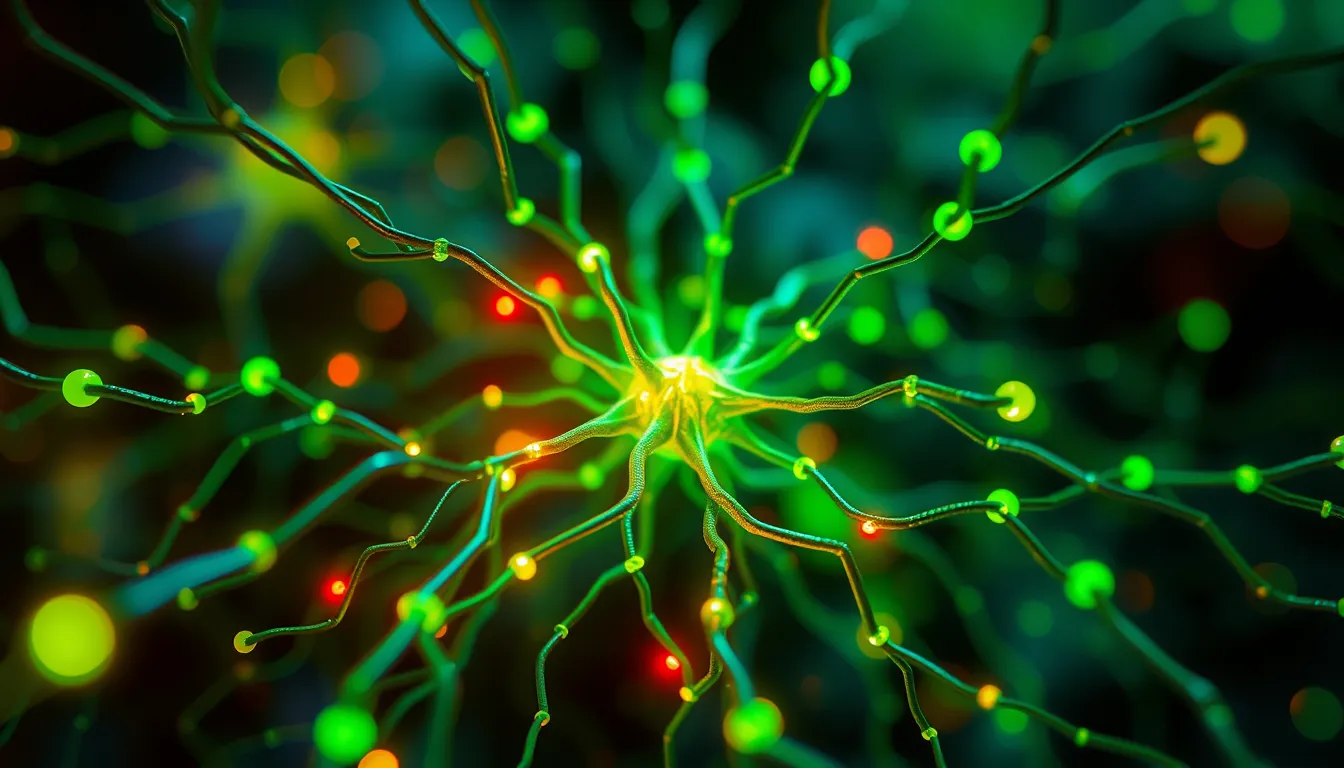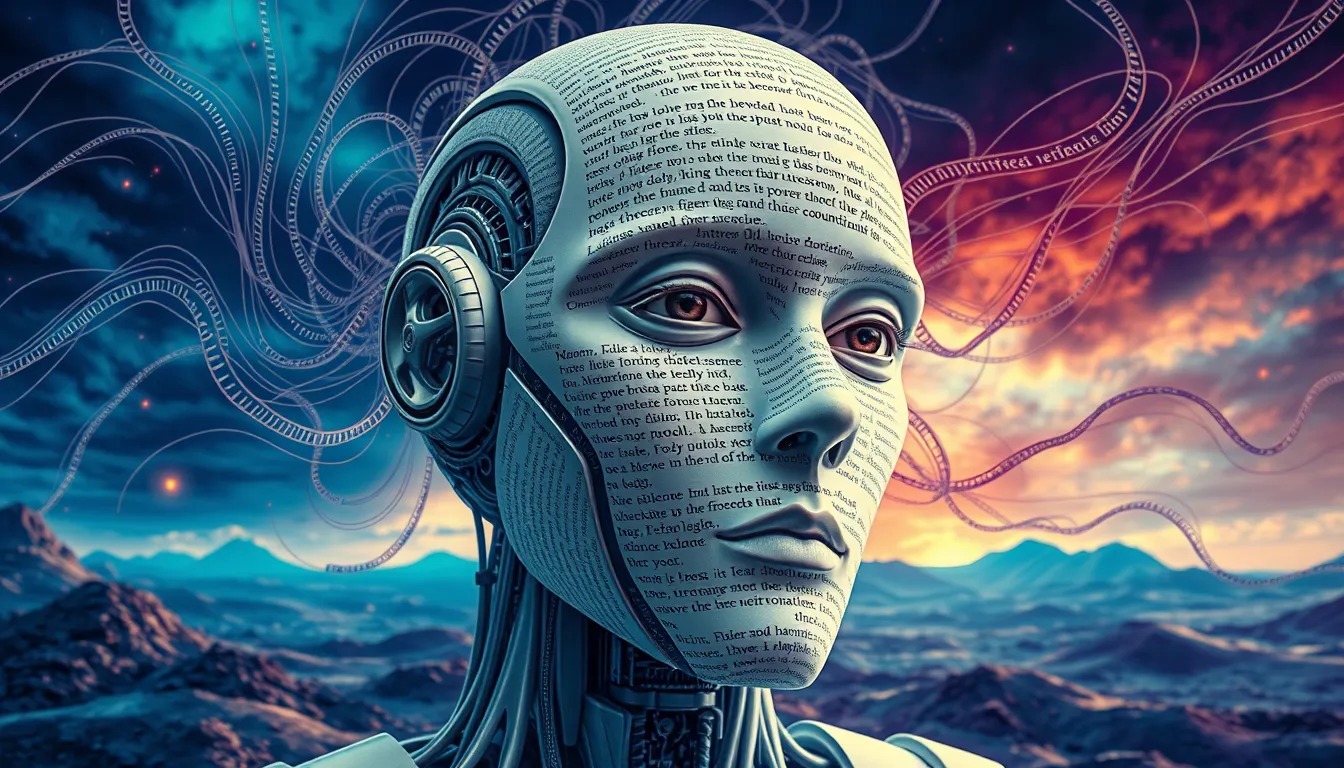Now Reading: AI Biology of Claude: Unveiling Neural Networks
-
01
AI Biology of Claude: Unveiling Neural Networks
AI Biology of Claude: Unveiling Neural Networks

AI Biology of Claude: Unveiling Neural Networks
Anthropic, a leader in artificial intelligence research, is pioneering a unique exploration into the AI biology of Claude. This innovative investigation delves into the internal workings of one of today’s most advanced AI systems, demonstrating how digital architectures and biological analogies intersect to push the boundaries of AI research. In this article, we explore the intricate details, from modular architecture to pattern recognition, and how safety protocols keep systems like Claude reliable.
Understanding AI Biology
The concept of AI biology draws parallels between the natural biological processes and the functioning of artificial systems. By comparing the components of a living organism to the algorithms and data that power AI, researchers can better comprehend the emergent properties of systems like Claude. Just as biologists study cells, tissues, and systems, AI researchers analyze modular structures and neural networks within advanced systems, unveiling insights into decision-making, learning, and adaptation.
Exploring the AI Biology of Claude
This section focuses on exploring the AI biology of Claude, particularly how its internal architecture mimics the intricate systems of biology. The investigation highlights several focal areas:
- Modular Architecture and Neural Networks
- Pattern Recognition Processes
- AI Safety Protocols
Each aspect serves to deepen our understanding of how algorithms can function autonomously while resembling the intricate processes found in living organisms.
Claude’s Modular Architecture and Neural Networks
Claude’s design is built around a modular architecture, where distinct components work collectively yet can operate independently—a feature analogous to how biological organs operate within a living body. Neural networks within Claude process information similarly to how neurons transmit signals in biological systems. The layered structure allows for dynamic decision-making and adaptive responses, ensuring that Claude can learn and react in real time.
Anthropic’s research, available on their official website (https://www.anthropic.com), explains that breaking down Claude’s structure enables scientists to pinpoint the origins of its learning abilities. This architectural blueprint is essential for further innovations in AI, where transparency and adaptability are critical.
Pattern Recognition and AI Safety Protocols
One of the most striking aspects of Claude’s functionality is its advanced pattern recognition—a process that mirrors biological mechanisms. Just as human sensory organs identify stimuli, Claude’s neural networks detect complex patterns in data to make informed decisions. However, with great power comes the need for robust safety measures.
AI safety protocols have been integrated within the system to:
- Monitor decision-making processes
- Prevent unintended actions
- Enhance system robustness
By constantly evaluating these parameters, Anthropic ensures that any potential vulnerabilities in Claude’s structure are addressed, thereby maintaining a secure and reliable AI environment.
Interdisciplinary Insights from AI and Bioinformatics
In the evolving landscape of AI research, interdisciplinary approaches are proving indispensable. Insights derived from bioinformatics, the science that combines biology with data analysis, are being applied to understand AI systems better. This new frontier not only helps in deciphering the AI biology of Claude but also paves the way for innovations that integrate biological principles into digital frameworks.
Collaborative efforts between computer scientists, biologists, and cognitive psychologists are fostering novel frameworks that can lead to a deeper comprehension of both biological and artificial systems. These interdisciplinary research initiatives can influence future AI architectures, making them both adaptable and transparent.
Implications for the Future of AI
The exploration of the AI biology of Claude is not just an academic exercise; it is a practical guide for future innovations in artificial intelligence. The insights gained from this research are poised to drive major advancements in the following areas:
- Improved Diagnostic Accuracy: By understanding how Claude processes information, developers can create more efficient and reliable AI diagnostic tools.
- Enhanced Safety Protocols: Detailed analyses of feature operations ensure that AI systems can be audited and are safe for high-stake applications.
- Transparent AI Design: The analogy to biological systems offers a blueprint for constructing AI models that are both effective and understandable to non-experts.
Moreover, the ethical and philosophical discussions emerging from this research challenge conventional notions of intelligence. If an algorithm can mimic the inherent adaptability of living beings, it prompts us to ask: What truly defines consciousness and creativity?
Concluding Thoughts
Anthropic’s comprehensive exploration of the AI biology of Claude is a significant milestone in artificial intelligence research. By drawing parallels between biological systems and AI, the study not only illuminates the inner workings of a leading AI system but also sets the stage for future innovations in technology and safety. With a focus on neural networks, modular architecture, and pattern recognition, the insights provided help demystify the complexities of AI, making the technology more accessible and safer for widespread use.
The journey to understand AI biology is ongoing, and as research deepens, we can expect groundbreaking shifts in how artificial systems are designed, maintained, and integrated into everyday applications. This transformative approach underlines the potential of merging interdisciplinary techniques with advanced AI research, heralding a new era of AI that is as sophisticated and reliable as the human-designed systems it seeks to emulate.

























